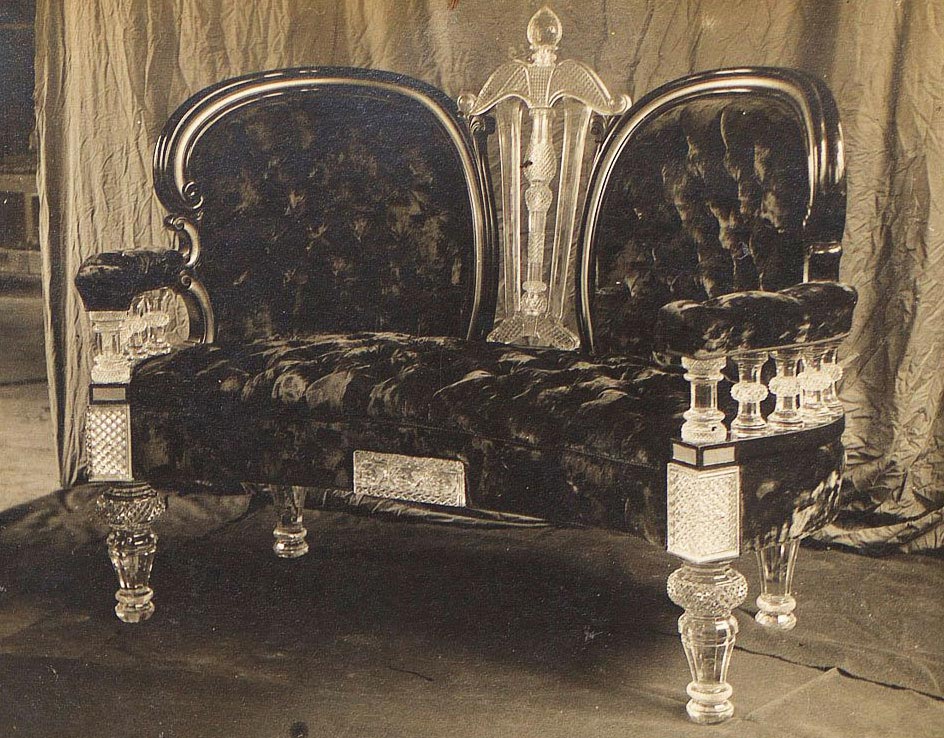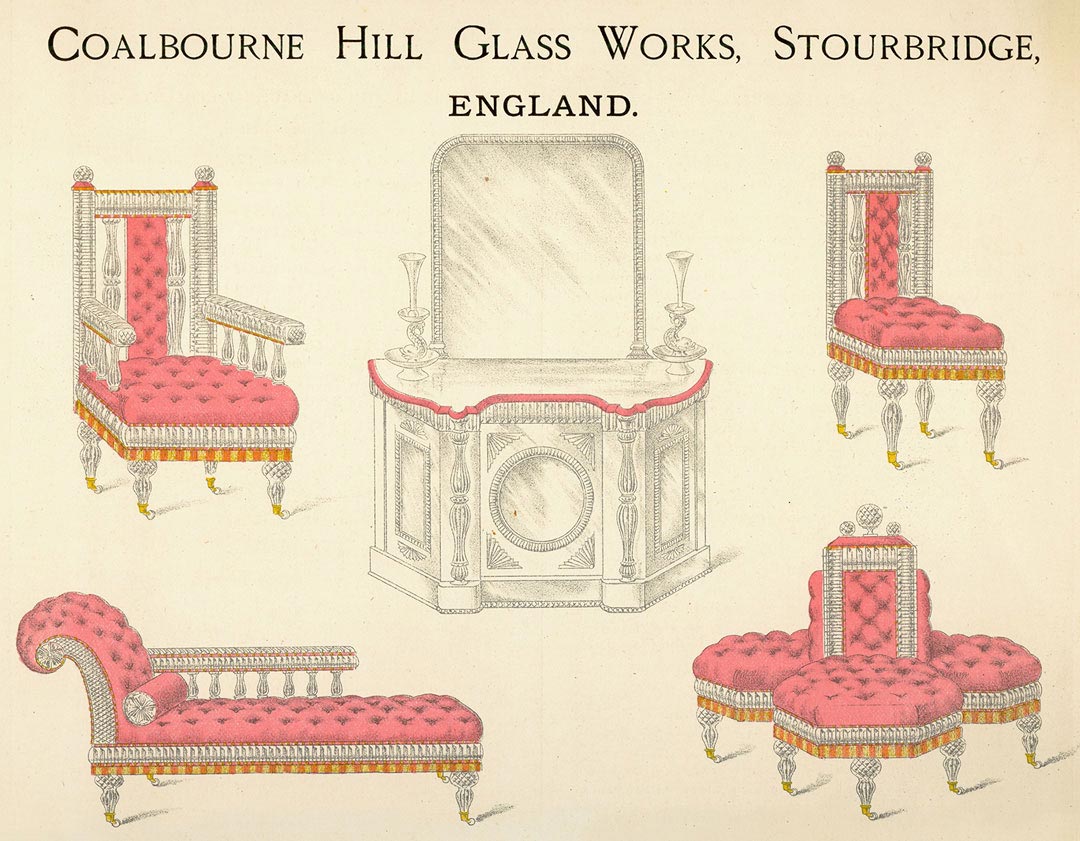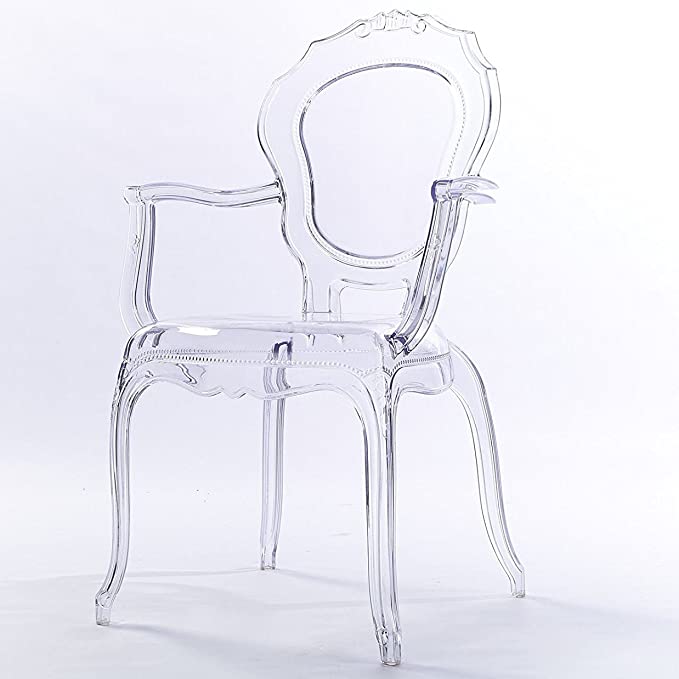Glass chairs: past and present

Do you recall the chocolate palace built by a maharaja in the Willy Wonka movie (with Johnny Depp)? The idea of eastern rulers using unusual materials in their palatial designs is not that far fetched. F. & C. Osler, the British glass manufacturer especially known for working on the famous Crystal Palace, created a trend for glass furniture in India. Eventually this trend spread to Europe and North America, but never achieved the same level of grandiosity. The designs for the palace in Rajahstan, built for Sajjan Singh, were especially stunning. Sadly, Singh did not live long enough to see the magnificent crystal furniture delivered.

Prior to the 19th century, glass chairs and crystal thrones belonged to fairy tales. Advanced manufacturing techniques and improved glass formulas allowed Osler and other glass makers to make their material stronger, while preserving the breathtaking look of cut crystal. The driving design principle of glass furniture is easy to discern. Everybody loves the look of diamond jewelry, but it would be simply impossible to have large objects created entirely out of diamonds. Cut crystal achieves a very similar look. It is no coincidence that glass furniture originally was paired with velvet cushions: this soft but shiny material proved effective in jewelry boxes and presentation setups.
While you can find many exquisite replicas of traditional glass chairs and thrones, modern glass chairs typically follow a different set of design presuppositions. This is due in part to even more advanced technology. In the 19th century glass furniture had to be designed carefully, so that weight would be distributed along straight lines going towards the floor. Contemporary glass makers deal with much sturdier materials. This results in free-form designs. Instead of dominating the surrounding space, modern glass chairs almost disappear, leaving nothing but silhouettes. In fact, a common term for glass chairs used by the industry is ghost chair.
